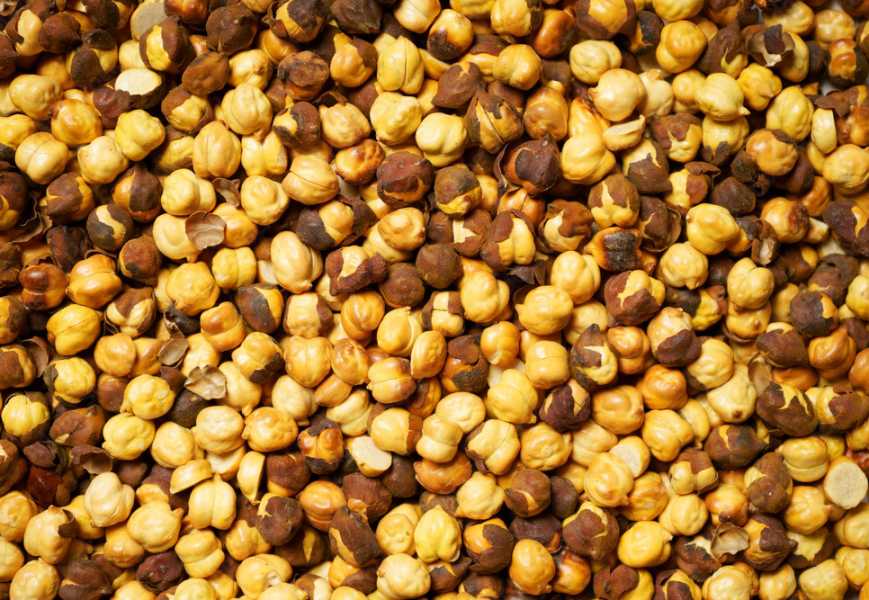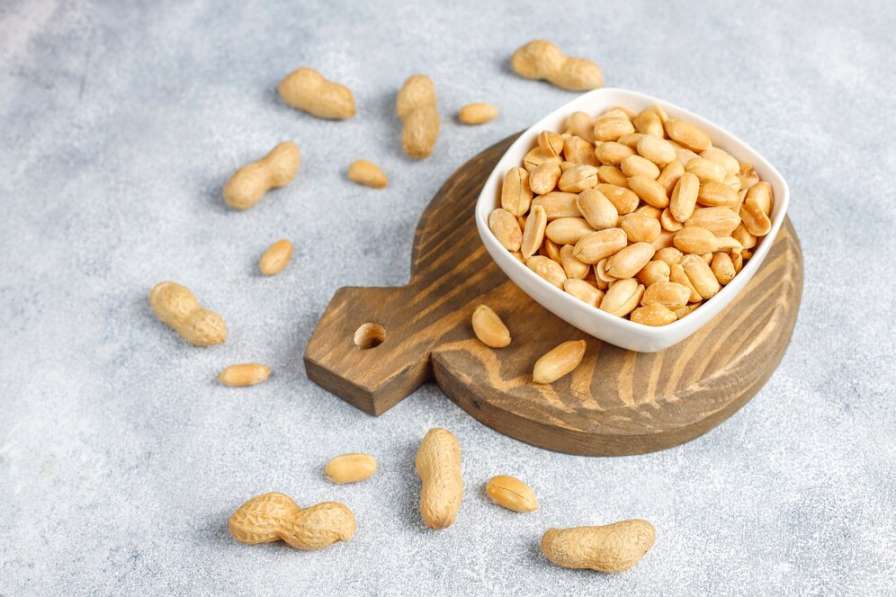Fibre rich Indian food
Fibre rich Indian food: fibre is a type of carbohydrate that is found in parts of plants that we can’t digest and that our digestive enzymes can’t break down either.
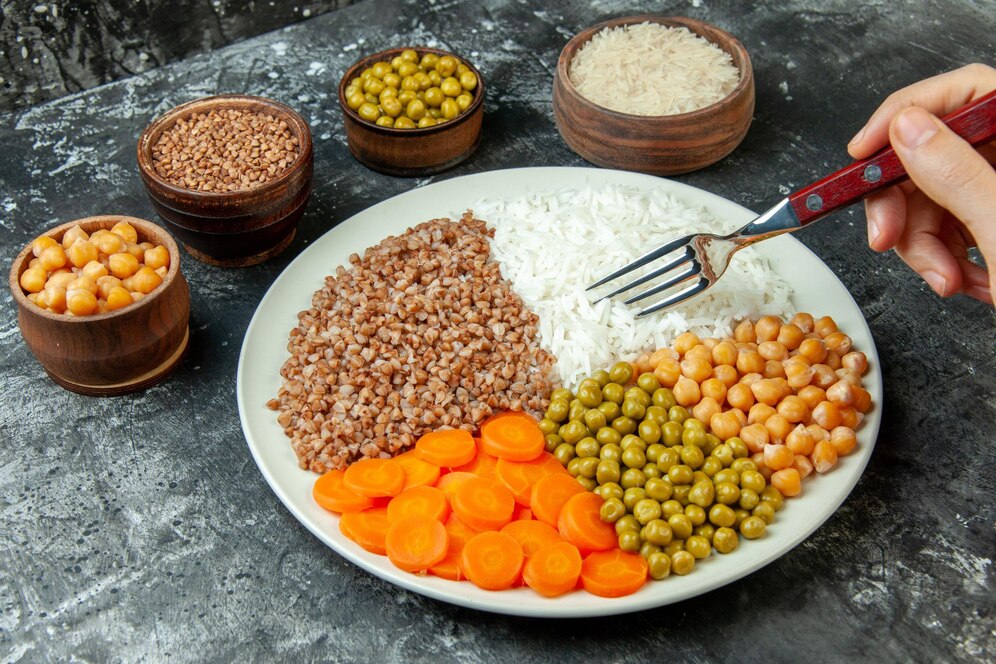
Fibre comes in two types: soluble and insoluble. Soluble fibre dissolves in water and gives you energy, while insoluble fibre doesn’t dissolve in water and is flushed out of your body through your digestive tract. However, why do we need fibre? Let us find out.
What is fibre?
Dietary fibre, also known as roughage, is an important carbohydrate that comes from foods like plants, fruits, vegetables, and legumes. Foods that are high in fibre help keep your bowels healthy and make you feel full for longer. But your body can’t fully break it down or digest it. Fibre that hasn’t been broken down flushes harmful cholesterol and carcinogens out of your digestive tract.
Types of Fibre
There are two categories of fibre:
- 1) Soluble Fibre: This kind of fibre soaks up water and turns into a gel-like substance when it’s digested. This gel slows down digestion, which makes you feel full faster. In this way, it helps you lose weight. Foods that are high in soluble fibre include oats, peas, beans, fruits, barley, nuts, and plant skins that can be eaten.
- 2) Insoluble Fibre: This kind of fibre doesn’t break down in water. Instead, it pushes water away and stays the same while it’s being digested. Foods that are high in insoluble fibre, like whole-wheat flour, nuts, cauliflower, green beans, potatoes, and more, make it easier to go to the toilet.
Indian Foods that are high in fibre
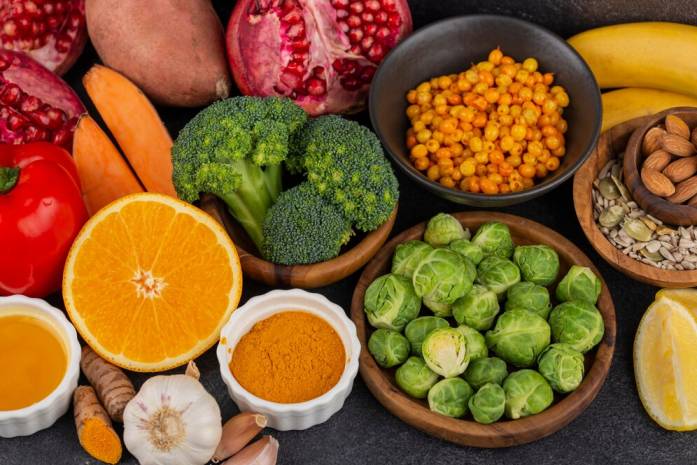
This is a list of Indian foods that are high in fibre and good for you:
1) Apple
- There is a lot of soluble fibre in this fruit. About 4 grammes of fibre are in a medium-sized apple. It lowers the risk of gallstones and helps treat diabetes.
- Another benefit is that it lowers your cholesterol, which helps you lose weight.
- Apples have a micronutrient called polyphenols that may help lower blood pressure and the risk of having a stroke.
- They also have antioxidants in them, which help keep cataracts from happening. They work best to stop sudden feelings of hunger.
2) Banana
- There is a lot of insoluble fibre in bananas. They make you feel full for longer by slowing down digestion. A study says that eating bananas and other fruits that are high in fibre can lower your risk of heart disease.
- If you eat a banana before you work out, it will give you the energy to work out more and stay active. Along with fibre, it has potassium, which helps build muscle.
3) Guava
- It gets rid of toxins in your colon and is high in soluble fibre. It makes you feel full, which helps you lose weight. Antioxidants and vitamin C in guava protect the body from damaging radicals and make it burn fat more slowly.
- There are about 8.9 grammes of fibre in a medium-sized guava. It gives you 12% of the fibre you should eat every day.
4) Nuts
- Almonds, sunflower seeds, and other nuts give you more than 3 grammes of fibre and healthy fats.
- Nuts are a nutritionally rich food, containing most of the vitamins and minerals the body needs.
- They’re one of the main sources of ALA omega-3 fatty acids, offering a range of health benefits from reducing rheumatoid arthritis to protecting against Alzheimer’s and dementia.
- If you eat too many of these, you might get gas, bloating, and other digestive problems.
5) Beans
- Other beans, like lentils (dal), are high in dietary fibre and protein that comes from plants. You can put them in salads, soups, and stews.
- There are many high-fiber snacks you can make with steamed soybeans. Dals and beans give you long-lasting energy because they are high in fibre and carbs.
6) Dried Fruits
- A lot of fibre can be found in dry fruits like figs, prunes, and dates. People who have trouble going to the toilet regularly are told to try these because they contain sorbitol, a sugar that makes going to the toilet easier.
- Zinc, magnesium, iron, and manganese are also found in dried figs. These minerals help keep hormones in balance and help women deal with menstrual problems. Since these are made of insoluble fibre, they help keep cholesterol levels in check.
- You can eat them with cereal or put them in smoothies or muesli. But don’t eat too many of them because that could cause cramps or diarrhoea.
7) Pears (Nashpati)
- In India, pears are not only tasty but also high in fibre and full of antioxidants and Vitamin C. They keep you safe from radicals by making your immune system stronger.
- Boron, which is found in pears, keeps your bones healthy and protects you from osteoporosis. Pears give you energy and keep you moving because they contain glucose.
8) Broccoli
- About 5 grammes of fibre are in a cup of chopped broccoli. It keeps your gut healthy and balanced by increasing the number of good bacteria that live there.
- It also makes your skin look and feel better. If you eat this vegetable, it will help keep your heart healthy by reducing inflammation in your blood vessels.
- It makes you feel full and helps you build lean muscle. Bok choy can be baked or sautéed with other vegetables and eaten as a full meal. You can also make broccoli soup, which helps you lose weight.
9) Coconuts
- Coconut has healthy fatty acids like MCFA and dietary fibre that don’t dissolve in water. Your heart health will improve, and your cholesterol level will go down.
- Coconut lowers your blood sugar and lowers your risk of diabetes because it has a low glycemic index.
- Your metabolism speeds up when you eat coconut, which helps you burn fat and calories more quickly. You can eat coconut by itself, or you can put grated fresh coconut on your muesli or smoothie.
10) A carrot
- There is soluble and insoluble fibre, vitamin A, vitamin K, potassium, vitamin C, and vitamin B6 in carrots. They keep you from going blind at night and having other eye problems.
- Carotenoids, which are found in carrots, also help control diabetes by lowering blood sugar. Because they are low in calories, they are great for helping you cut back on calories.
- Carrots can be used to make soup or added to salads, smoothies, meals, or juices.
11) Papaya
- It keeps your eyes healthy by stopping problems like macular degeneration that can happen with the eyes. It also helps lower the amount of cholesterol in your body.
- Papaya slows down the ageing process and keeps you from getting arthritis.
- Making smoothies with papaya is a good way to eat it. It’s also good with apples, bananas, and other fruits.
12) Cabbage
- By making you more focused, it improves the health of your brain and gets you moving. It makes your body make more keratin and makes your hair and skin healthier.
- It also keeps your blood sugar levels in check. It’s great for losing weight because it has soluble fibre in it.
- It’s okay to eat cabbage in soup or salad. You can also put it on noodles or other vegetables.
13) Chia Seeds
- Because they have a lot of soluble fibre, chia seeds make you feel full for longer. They make you less hungry and less likely to want to eat often. They speed up your metabolism and give you a lot of energy to work out harder.
- Chia seeds can help reduce inflammation and stop signs of ageing before their time. You can eat chia seeds on their own or add them to foods like muesli, smoothies, shakes, and other things.
15) Cauliflower
- You can get 10% of your daily fibre needs from cauliflower. It has choline in it, which is good for your brain. By killing cancer cells, it lowers the chance of getting cancer.
- Cauliflower makes you healthier and fights ageing by reducing wrinkles and other signs of ageing. It also works to help you lose weight.
- Adding cauliflower to your diet is easy if you mix it with other vegetables.
16) Green peas
- Peas are good for people with arthritis, Alzheimer’s, eye problems, and other diseases because they have a lot of fibre. It also helps your body make collagen, which keeps your skin healthy and free of wrinkles.
- You don’t have to worry about your daily calorie count when you eat these because they are low in calories and high in insoluble fibre. This helps you keep your weight steady by getting rid of extra fat.
- You can put green peas in soups and stir-fries.
Benefits of fibre
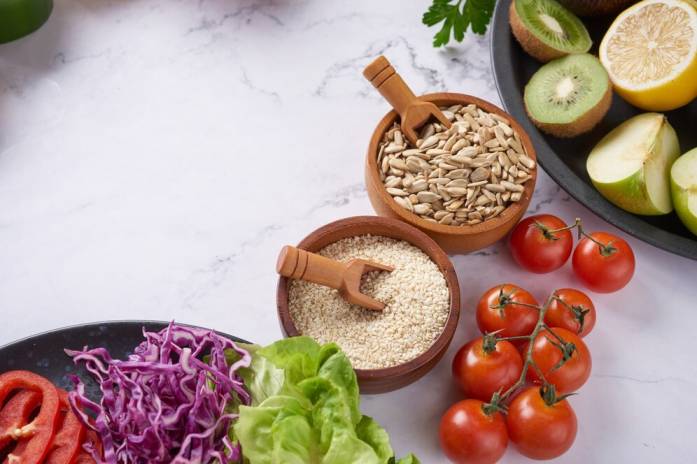
1. How to Get Rid of Constipation
Many kids have trouble digesting their food when they are young and end up constipated. The food that kids eat is a big part of these problems. Studies show that kids’ bowel habits can change if they don’t eat enough fiber-rich foods. To keep kids’ digestive systems healthy, paediatricians say that they should eat a lot of foods that are high in fibre.
2. The best way to absorb nutrients
Kids have the busiest days because they are always doing things and are so tired at the end of the day. That’s why it’s important to watch what they eat. Fibre is different from other nutrients because it is not broken down. Because of how it’s made, it makes it easy for their bodies to take in all the nutrients from the food they eat and then get rid of them. So, it helps kids absorb all the nutrients you give them in the best way possible.
3. Taking Care of Your Weight
Researchers have found that kids’ body fat tends to rise when they don’t eat enough fibre and fall when they do. Fibre doesn’t get broken down, so it stays in the body longer until it’s flushed out. The body stays full and energised during that time, so it doesn’t need to eat again. This makes people less likely to eat too much, which leads to better body weight and fat control.
4. Not likely to get diabetes
Fibre intake has been shown to lower the risk of diabetes in adults, but there isn’t enough information to show how it affects the risk of diabetes in kids. Diabetes, on the other hand, is linked to obesity, which is less likely to be a problem if enough fibre is eaten. So, there is a chance that fibre could help kids by keeping them from getting diabetes.
Conclusion
Fibre is clearly the best way to improve your digestive system and keep you from getting fat. It helps with fermentation and gas production and makes it easier to pass stools. A high-fiber diet has many other benefits, such as lowering blood cholesterol, preventing constipation, haemorrhoids, and diverticulosis. Because of this, you should eat the above Indian foods that are high in fibre to meet your daily needs. Try to get different kinds of fibre in all of your meals and snacks.

